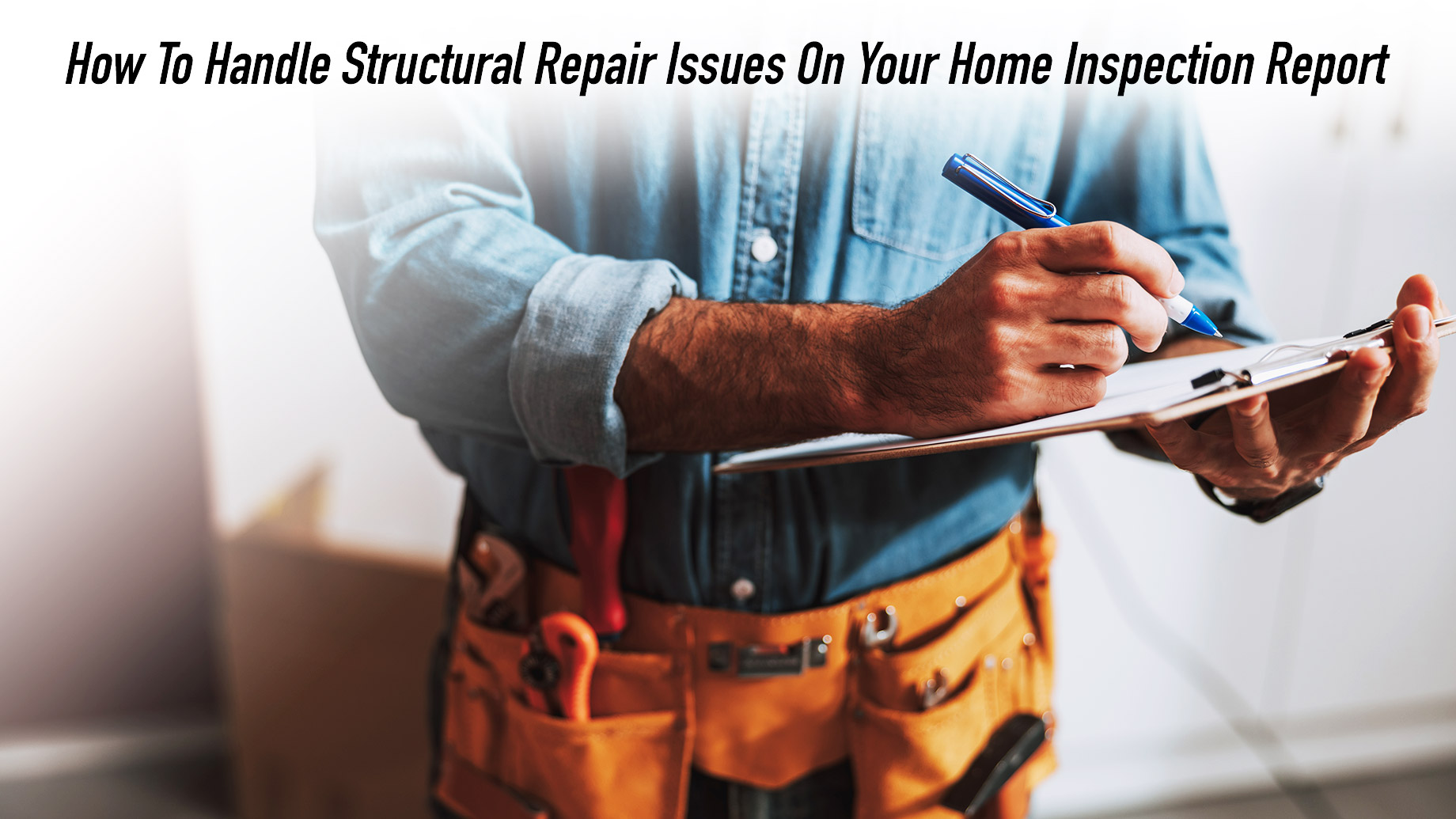
Buying a home? Every homebuyer needs to get a home inspection.
Even the most pristine-looking properties need a professional home inspection. One of the most important things to understand about your home inspection report is the difference between cosmetic and structural repairs. Before your report gets you panicking, here’s what you need to know, and how to get others to pay for your repairs and improvements.
You Always Need a Home Inspection
Some home buyers are tempted to forego a home inspection. It is a disastrous and costly mistake no one should make.
Even if you are buying a home ‘as-is’ in a very hot neighborhood, you still have the legal right to demand a home inspection. This may require an investment of a few hundred dollars, yet can save you many thousands.
As soon as you’ve found a home you are interested in buying, get a referral to a trusted and licensed local home inspector. Make sure they can get out and deliver your report within the allowed timeline. You normally have around 10 days to cancel your purchase contract or renegotiate the terms if major repair needs are found. Professional home inspectors should either belong to the American Society of Home Inspectors (ASHI) or the International Association of Certified Home Inspectors (NACHI).
It doesn’t matter whether you think you are paying just pennies on the dollar for an old home, or you are buying a brand new multi-million dollar home or condo. Every property should be inspected. Repairs on ‘cheap’ properties can often exceed the purchase price of the property. Even the most luxurious new construction can have fatal flaws and leaks which can quickly turn your stylish new castle into ruins. You don’t know unless you inspect.
What Home Inspectors Do
The home inspector you choose will make an appointment to go investigate the property. They will test the appliances and utilities, look for signs of damage, and get into crawl spaces when possible. They will turn their findings into a printed report. They may give this to you on the spot, or email it to you within a day or two.
The main categories of items they inspect include:
- Roofs and attics
- Foundations
- Yards and driveways
- Appliances
- Structural elements
- Ventilation
- Electrical
- Plumbing
- Garages
You may also ask for specific tests for the presence of contaminated water and signs the home was used as a meth lab.
Don’t Freak Out, Yet
A quality foundation repair estimate should be based on information collected during a comprehensive review of your property. The estimator should have discussed with you the problem’s history, performed a close visual inspection of the current state of the problem, and when required used instruments to accurately measure and determine the extent of the damage.
This can be an especially emotional time for first-time homebuyers. Even repeat buyers and real estate investors can get scared off by reports. Take a deep breath.
You don’t want to pass up on this house if it was really a good buy. Good home inspectors create scary reports. Some guarantee that they will buy your home back if they miss any flaws. So, they have to be incredibly thorough.
Your inspection report may include pages of red markups and comments. However, that doesn’t always mean you need to run or start panicking about getting your deposit back.
The important thing to understand is the difference between the urgent and must-do repairs and those which are nice to have improvements that can be tackled over time. Only a tiny portion of their findings are typically urgent.
Your inspector can walk through each of these items with you. They will also typically provide a rough estimate of the repair costs. However, it is wise to contact professional contractors and get quotes now, before moving further into the purchasing process.
Cosmetic Versus Structural Repairs
The biggest difference in repair items is whether they are simply cosmetic or if they are structural.
Needing a fresh coat of paint is cosmetic. You might really want it, but it doesn’t impact the integrity and value of the home.
Focus on the structural problems. Damp basements and foundation cracks can fall into this category. In some areas these are quite common. If you are buying a home in Texas, North Carolina or Virginia, foundation repairs can be common. Just as almost every home in Florida will show signs of a termite infestation at some point.
Mitigating the Costs of Repairs
Even some structural repairs can be easier and less costly to remedy than you imagine. Get a quote from a specialist so you know.
You might not even have to pay for it. You can ask the home seller to fix the issue prior to closing. Or they may give you a cash rebate at the time of closing, or provide a credit towards your closing costs.
If it’s a real deal-breaker and the seller won’t help, ask your Realtor and mortgage broker if they will chip in some of their commission to cover the repair and make the deal work. There are a variety of ways to finance these repairs too. Some contractors will provide their own in-house financing. Then there are special mortgage programs designed to help as well. There is an Energy Efficient Mortgage (EEM) and home equity lines of credit. The 203K loan gives you up to $50,000 in home improvement cash.